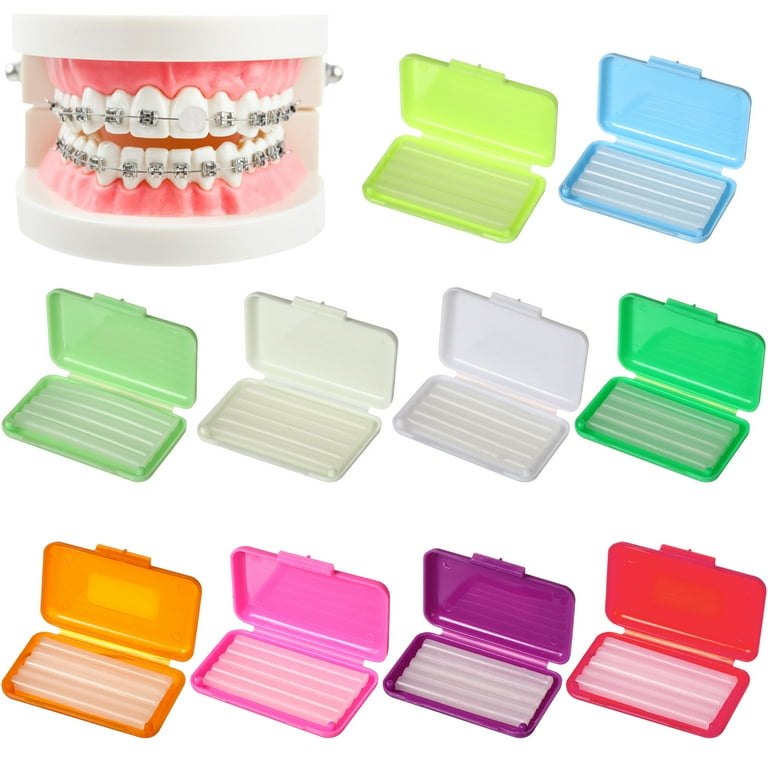Comprehensive Overview to Orthodontics Treatments for Correcting Dental Imbalances
Understanding the details of each procedure, including their devices, advantages, and possible downsides, is critical in making notified decisions concerning one's orthodontic treatment. As we navigate with the detailed guide to orthodontic procedures for correcting dental imbalances, the detailed details of each method will unravel, losing light on the course toward a harmonious and functional dental positioning.
Orthodontic Procedures Summary

In enhancement to standard braces and clear aligners, orthodontists may additionally advise other interventions like headwear, palatal expanders, or retainers to attend to specific placement issues (braces). These treatments are tailored to every patient's one-of-a-kind requirements and might involve a combination of therapies to accomplish the wanted results. Routine changes and monitoring are essential parts of orthodontic treatment to make certain development gets on track and to make any kind of required alterations in the process. By going through orthodontic treatments, patients can not only accomplish a straighter grin but additionally enhance their total dental health and function.
Typical Dental Braces: Exactly How They Function
When considering orthodontic therapies for oral misalignments, traditional braces stand apart as a tried and true method for correcting teeth placing. Standard dental braces include brackets, cords, and bands that interact to apply continuous stress on the teeth, slowly moving them right into the desired placement. The brackets are connected to the teeth utilizing an unique adhesive, and the cables are threaded through the braces. By adjusting the stress of the wires, orthodontists can manage the direction and force related to each tooth, directing them right into appropriate placement in time.
As stress is used to the teeth with the braces, the bone surrounding the teeth is improved to sustain the brand-new tooth placements. People will certainly need regular adjustments at the orthodontist's workplace to make certain the braces continue to apply the appropriate pressure for efficient teeth motion.
Unseen Aligners: Disadvantages and pros
Invisible aligners offer a hassle-free and very discreet option to standard dental braces for remedying dental misalignments. These clear, customized trays are virtually invisible when used, making them an appealing choice for people looking for a much more aesthetically pleasing orthodontic treatment. Among the main advantages of unnoticeable aligners is their removability, allowing for easier upkeep of dental hygiene contrasted to standard braces. People can get rid of the aligners prior to eating or brushing their teeth, lowering the risk of food getting stuck in the appliance and streamlining the cleaning procedure.

Surgical Orthodontic Options
Surgical treatments in orthodontics present practical options for dealing with complicated dental misalignments that might not be effectively solved with traditional orthodontic treatments. While unseen aligners and conventional dental braces can remedy lots of orthodontic concerns, specific cases require medical treatment to accomplish ideal results. Surgical orthodontic options are usually suggested for serious malocclusions, considerable jaw discrepancies, and situations where the underlying bone structure needs adjustment to accomplish proper alignment.
One common medical orthodontic treatment is orthognathic surgical procedure, which includes repositioning the jaws to fix functional concerns such as problem talking or chewing. This surgery is frequently performed in cooperation with an orthodontist that helps straighten the teeth prior to and after the procedure. Surgical orthodontics might likewise include treatments to subject impacted teeth, get click for info rid of excess periodontal tissue, or improve the jawbone to create an extra unified facial account.
Before considering medical orthodontic options, people go through an extensive evaluation to establish the requirement and potential advantages of such interventions. cumming aligners. While surgical procedure may seem challenging, it can dramatically enhance both the feature and looks of the smile in cases where traditional orthodontic therapies fail
Retainers and Post-Treatment Treatment

Failing to abide with post-treatment treatment guidelines can result in relapse, where the teeth gradually relocate back in the direction of their initial placements. Constant retainer wear, good dental health, and normal oral examinations are essential for maintaining the outcomes attained via orthodontic surgical procedure and making certain the long-term security of the dealt with oral positioning.
Final Thought
In conclusion, orthodontic treatments offer various alternatives for remedying dental imbalances. Surgical orthodontic options are readily available for much more extreme imbalances. In general, orthodontic treatments can efficiently boost dental wellness and aesthetic look.
As we navigate with the comprehensive overview to orthodontic treatments for fixing oral misalignments, the complex details of each method will certainly unfold, shedding light on the path towards a functional and harmonious oral alignment. see this page - invisalign
One of the most typical orthodontic treatments is the use of dental braces, which are composed of metal brackets and cables that use mild pressure to slowly change teeth into the preferred placement.When considering orthodontic treatments for dental imbalances, typical braces stand out as a time-tested approach for correcting teeth positioning. Furthermore, unseen aligners may not be suitable for complicated orthodontic problems that need even more significant teeth motion, as they are normally advised for mild to moderate cases. Retainers are tailor-made orthodontic tools made to hold teeth in their dealt with positions after the completion of orthodontic treatment.